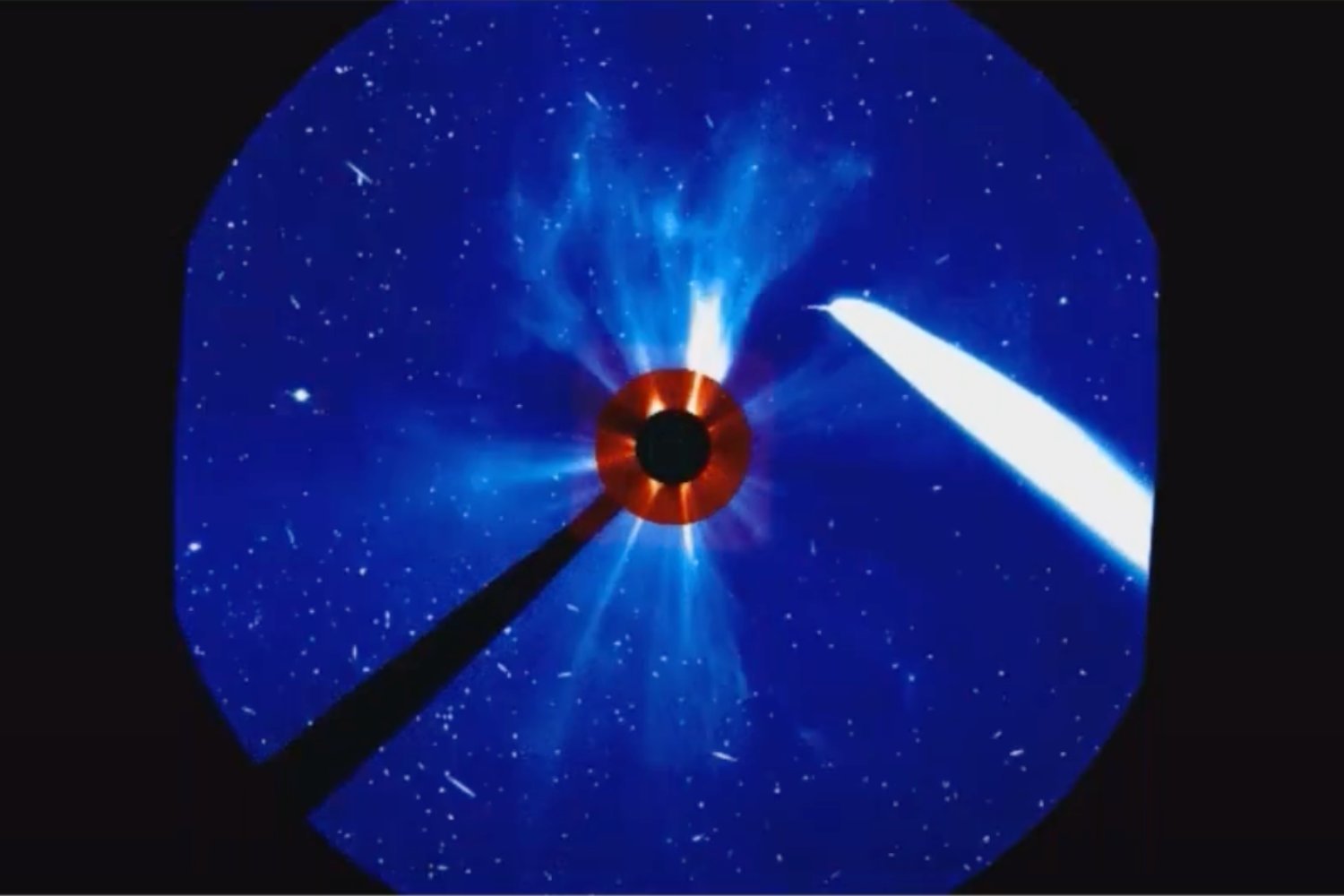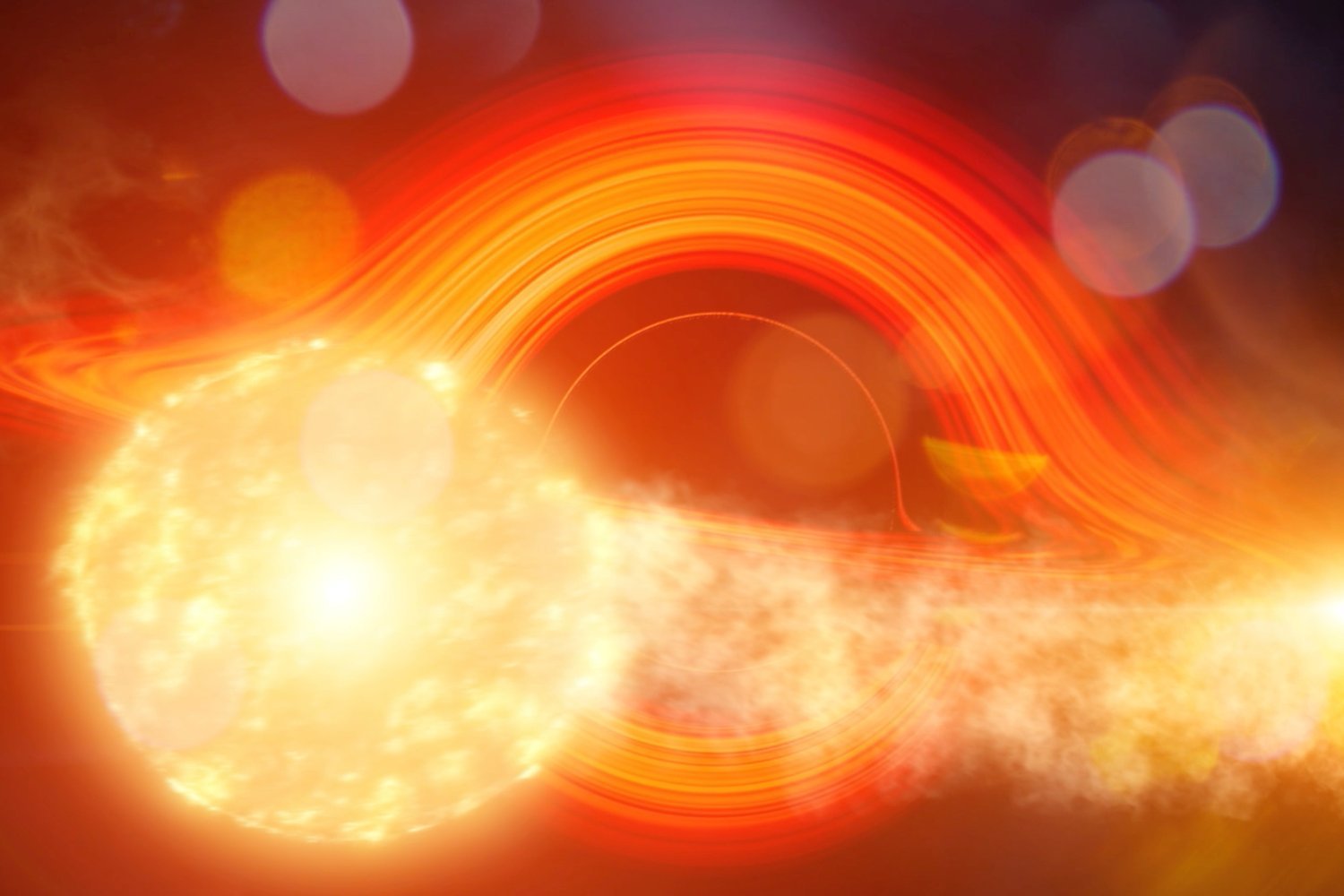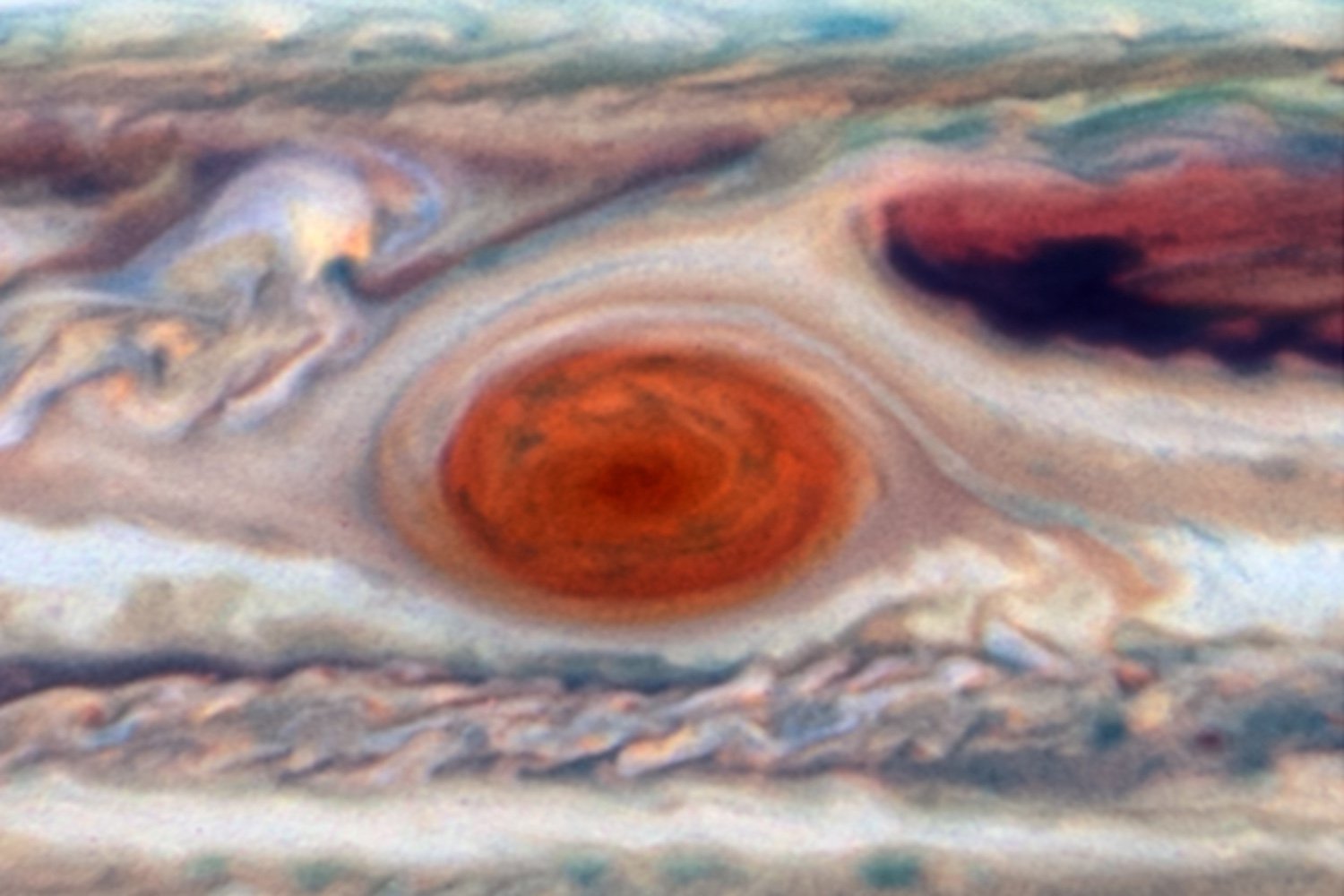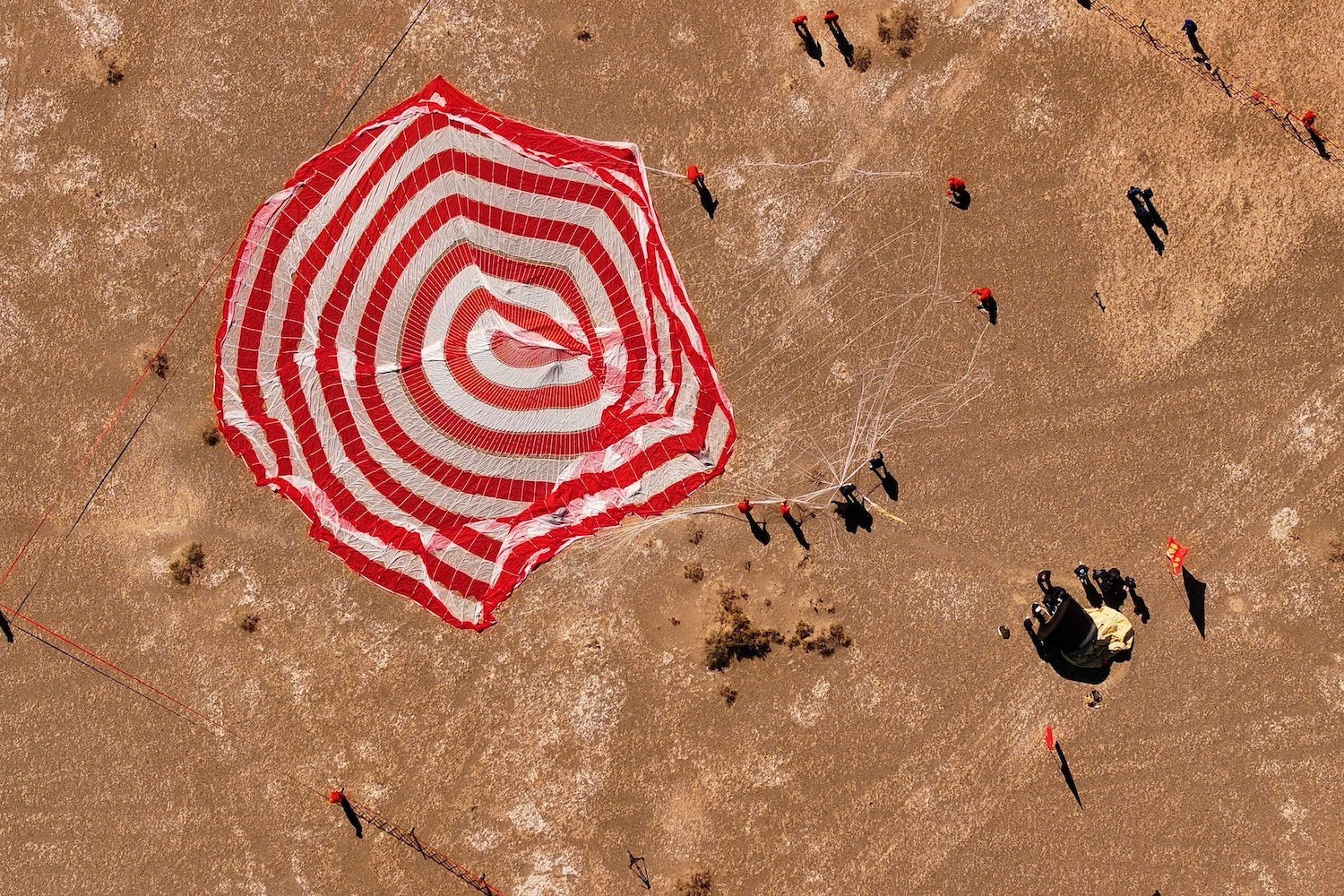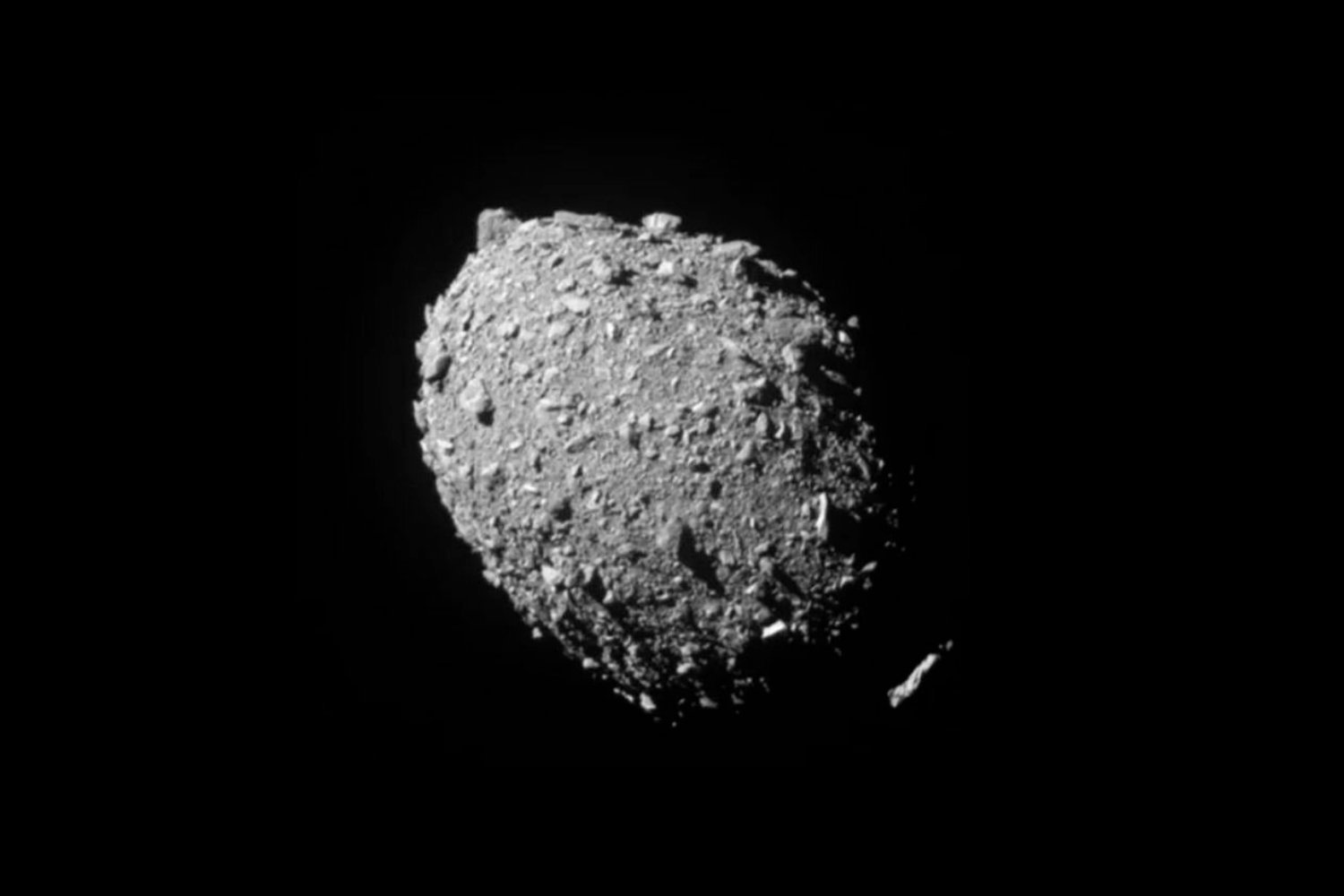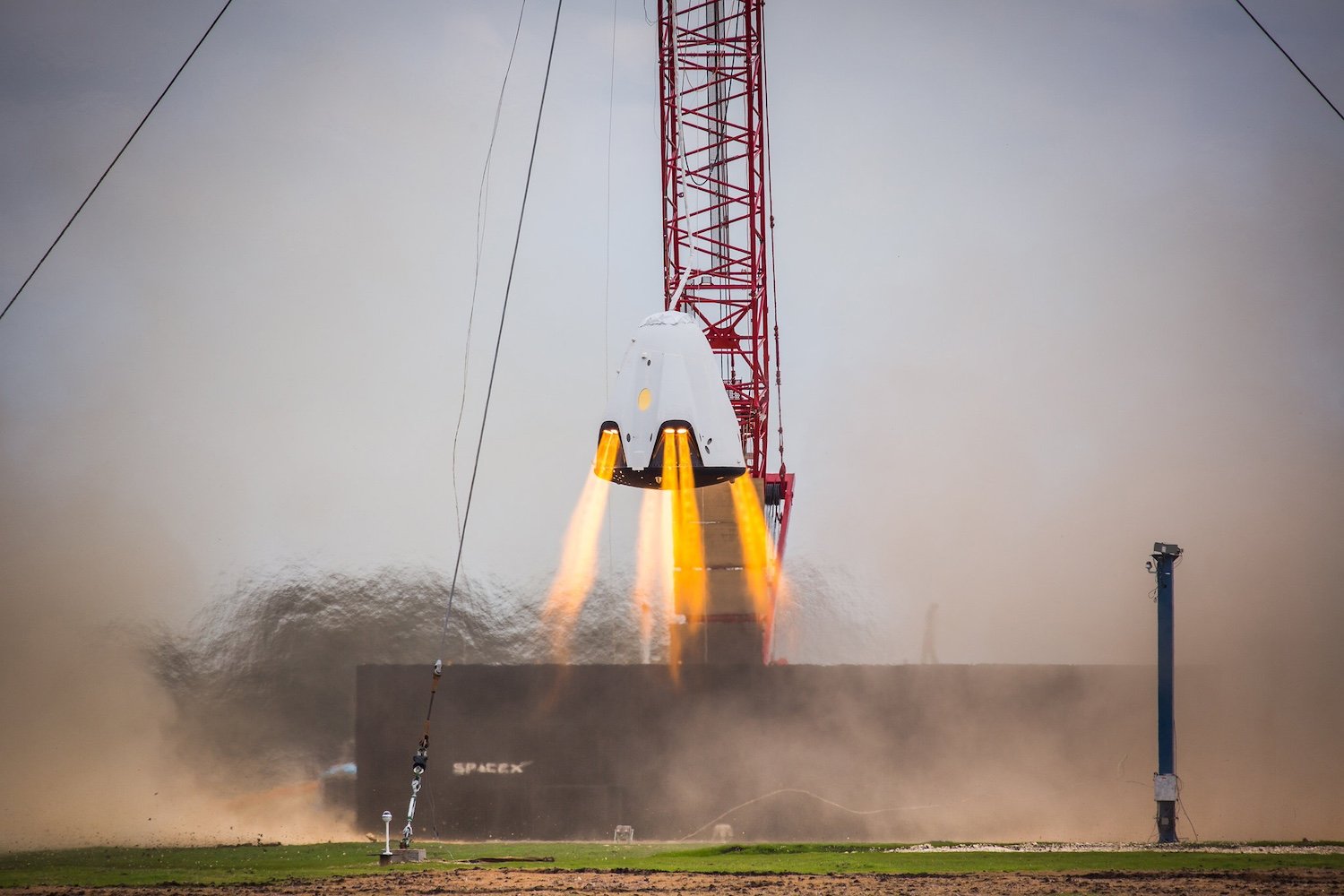A powerful G4 geomagnetic storm has arrived on Earth, potentially disrupting some electronics and generating breathtaking auroras. This significant space weather event unfolded between early morning and midday Eastern Time on Thursday, October 12, 2024.
This intense solar activity is a reminder of the Sun’s powerful influence on our planet. While potentially causing disruptions to some technologies, it also promises a spectacular display of auroras in the night sky.
Understanding Geomagnetic Storms
Geomagnetic storms result from charged particles ejected from the Sun interacting with Earth’s magnetic field. Powerful storms can disrupt radio communications and other electronic systems. However, they are more widely known for creating vibrant auroras – mesmerizing light shows in the atmosphere caused by these solar particles colliding with atmospheric particles.
These storms are triggered by two main solar events: solar flares and coronal mass ejections (CMEs). Solar flares are intense bursts of light caused by magnetic activity on the Sun’s surface. CMEs are eruptions of solar material propelled outwards, which can cause geomagnetic disturbances on Earth if directed towards our planet. These disturbances range from stunning auroras to potential disruptions in power grids and other infrastructure.
The Current Storm’s Origins and Impact
This particular G4 geomagnetic storm originated from an X-class solar flare—the most intense category—that erupted from the Sun around 10 p.m. ET on Tuesday, October 8. The resulting CME traveled towards Earth at an astounding speed of approximately 2.5 million miles per hour (4 million kilometers per hour).
The National Oceanic and Atmospheric Administration’s (NOAA) Space Weather Prediction Center issued a G4 (severe) geomagnetic storm watch, the second of 2024 following a similar event in May. The May storm, the first G4 since January 2005, produced auroras visible as far south as Florida in the Northern Hemisphere and parts of Australia and Africa in the Southern Hemisphere.
The current storm watch warned of potential impacts on critical infrastructure, although mitigation strategies can lessen these effects. The aurora may be visible across much of the northern U.S., potentially extending as far south as Alabama and northern California. The Space Weather Prediction Center provides up-to-date aurora forecasts on their website.
Increased Solar Activity and the Solar Cycle
The recent surge in geomagnetic activity is linked to the Sun approaching the peak of its 11-year cycle, during which its magnetic field reverses. This process generates sunspots, which lead to solar flares and CMEs. The current cycle, Solar Cycle 25, began in 2020. As the Sun nears its maximum activity, there has been a noticeable increase in solar flares, CMEs, and resulting geomagnetic storms. Several X-class flares and significant geomagnetic storms have already occurred in recent months, including August, May, and another just a week prior to the current storm. These frequent events highlight the elevated solar activity during this period.
Expert Insights on Solar Maximum
Experts confirm that we are currently amidst the solar maximum. However, the precise peak remains uncertain. It could occur later this year or extend into 2026. Notably, the current solar cycle has exceeded initial predictions in terms of activity, prompting scientists to reassess their forecasts. While the exact timing within the cycle remains unclear, the heightened activity is expected to diminish by 2026.
Conclusion
This recent G4 geomagnetic storm underscores the dynamic nature of space weather and its potential impact on Earth. While posing challenges to some technological systems, it also offers a captivating spectacle of auroras for skywatchers. As the Sun continues through its cycle, we can anticipate further displays of these stunning natural phenomena. Stay informed about space weather alerts and prepare to be amazed by the beauty of auroras illuminating our skies.



